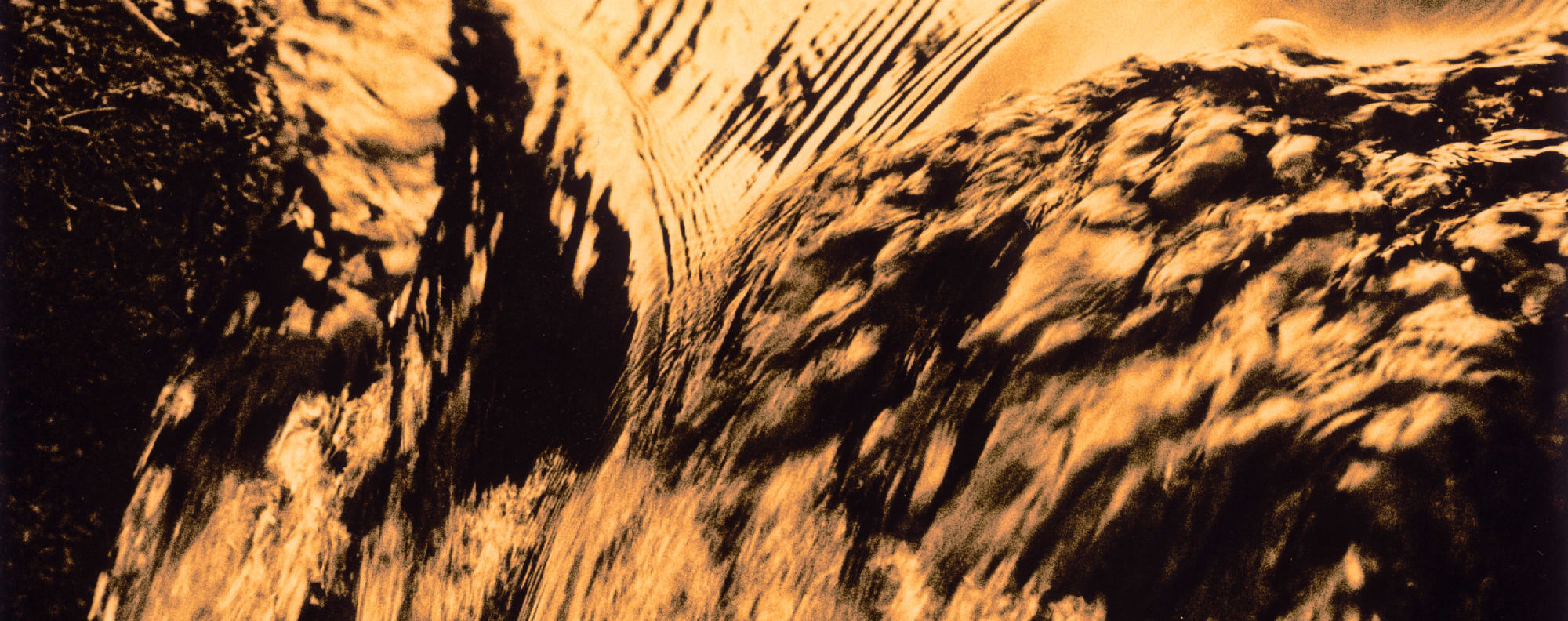Creative Camera attempted to change all that and light a fire under their collective rear-ends. I am being deliberately offensive here, because that was how we felt: offended. And if this remark is also reminiscent of 60s anti-establishment rebellion, that too is appropriate. That’s also a part of the zeitgeist; that’s who and what we were. In retrospect, and from the perspective of a more mellow, inclusive age it also sounds a bit pompous. And there was a tinge, say it ever so softly, of such conceit. We wanted to change the world, or at least that part of it which we most cared about – photography.
A very important, and usually neglected, aspect of this revolutionary zeal was that it did not spring out of nothing. There was a small but cohesive group of professional photographers, based in London, who were alert to and engaged in the very best of international image-making. (Yes, they were nearly all professionals and, yes, they were mainly based in London). They may not have enjoyed any institutional support but they were not without their own networks. In fact the lack of official respect and sanction made these networks even stronger and more vital.
The interchange of issues, ideas and images among these photographers was facilitated in several ways. And the most important of these occurred “within the magazine and publishing world” on which I have been asked to comment.
Books, for example, were major sources of knowledge and inspiration. Since the publication of the Family of Man catalogue (1955) – to take an arbitrary starting point ¬there was a small but steady stream of fine photography flowing into Britain which the whole photographic community could share as talismans of merit. By this time, most British photographers of any seriousness already owned important books of images by Edward Weston, Ansel Adams, Paul Strand, William Klein, Walker Evans, Robert Doisneau, and many others. Even on a meager income, it was possible to acquire every worthwhile picture-book on serious photography. To name just a few, published in the decade leading up to Creative Camera:
Observations, Richard Avedon; The Americans, Robert Frank; Aaron Siskind Photographs (all 1959); Moments Preserved, Irving Penn (1960); Perspective of Nudes, Bill Brandt (1961); Killed by Roses, Eikoh Hosoe (1963); The Painter and the Photograph, Van Deren Coke (1964); A Way of Seeing, Helen Levitt (1965); Every Building on the Sunset Strip, Ed Ruscha (1966); House of Bondage, Ernest Cole (1967); The Bikeriders, Danny Lyon (1968). And there was always the “bookends” of the photographer’s shelf: The Decisive Moment, Henri Cartier-Bresson (1952), and Shadow of Light, Bill Brandt (1966).
What is remarkable, when you actually look at the evidence, is the amazing diversity of images, issues and ideas represented in these books, in contrast to the assumption that photographers subscribed to a single monolithic notion of what constituted acceptable imagery. Expanding this diversity to an even greater degree was an influential and British-published little paperback, Creative Photography, by Aaron Scharf (1966) which provided a manifesto for the art of photography both past and present.
Like books, exhibition catalogues (usually imported from the USA) provided British photographers with another access to what was going on internationally. We were very aware of every major exhibition at the Museum of Modern Art, New York, and of the issues raised by its curators, John Szarkowski and Peter Bunnell, through the catalogues’ articles, several of which were published in Creative Camera.
Equally influential, perhaps, was Nathan Lyons at The George Eastman House. As curator, he had put together no less than 19 exhibitions by 1965, which traveled continuously around colleges and universities in the USA. The exhibition catalogues reached an even wider and international audience, as in Britain. For example, his Toward a Social Landscape (1966), was a seminal publication which spotlighted Danny Lyon, then only 24 years old, Duane Michals and Garry Winogrand, the old man of the group at 38.
